
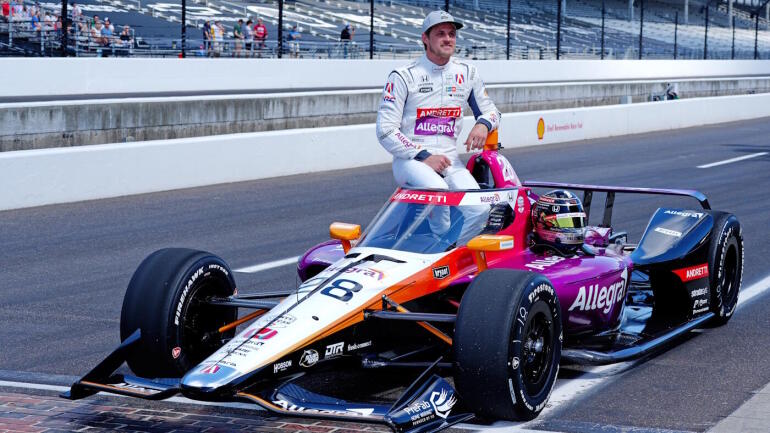
There is an affable and personable quality to Marcus Ericsson that makes him very approachable. Perhaps in a way that’s unfitting for someone who holds the very key to his city in his hands.
Living in Indianapolis, Ind. by way of Sweden, Ericsson has done something that few in the city have, and sometimes may be stopped for a picture or from a fan who knows who he is and wants a moment of his time. But by and large, Ericsson can walk down the streets of downtown Indy, blend in with the rank and file, and not be recognized — despite having won the Indianapolis 500.
Ericsson, a full-time IndyCar driver and the 2022 winner of The Greatest Spectacle in Racing, is among the core of present day IndyCar stars whose day in the national spotlight is coming this Sunday with the 109th running of the Indy 500. For a day, Ericsson and his contemporaries like Josef Newgarden, Alex Palou and Pato O’Ward will be at the forefront of the national sports consciousness as they take on one of the greatest auto races in the entire world. For 200 laps, these drivers will momentarily capture the hearts and minds of Americans far and wide — and then be challenged to stay there once someone has crossed the finish line first.
Compared to legendary racers who made their names at Indianapolis like Andretti, Foyt, Unser and Mears, and even recent greats like Castroneves, Kanaan, Franchitti and Dixon, IndyCar and its stars have struggled to gain stardom and name recognition beyond the day of the Indy 500, continuing a cycle that began when American open wheel racing’s infamous split in the mid-1990s created a vacuum that allowed NASCAR to take over as the archetypal U.S. racing series.
That cycle has been made more complicated by Formula 1’s growing popularity in America, which has slowly allowed it to take over the archetype of open wheel racing that IndyCar had been able to hold onto. All this while IndyCar seemingly spins its wheels trying to find its identity, reconcile whether its schedule should be dominated by ovals or road courses, and attempt to strike a balance between appeasing hardline traditionalists who demand racing purity and create an exciting on-track product.
But IndyCar’s moment to recapture people’s imaginations may very well have arrived. A new media rights deal with Fox Sports has put the full season on network television, and IndyCar’s drivers have been the subject of a months on end marketing campaign that Ericsson told CBS Sports has generated a great deal of excitement in the paddock and on Gasoline Alley as IndyCar — despite its appeal as a racing series that races on everything from large ovals to road and street courses — continues to battle for attention and space in people’s minds.
“I think we definitely have some work there. There’s not only NASCAR and F1 as competition, but there’s also all the other sports,” Ericsson said. “To get the fans to tune into IndyCar, I think we definitely have a challenge there. We have a strong base of followers that sort of follow our series, but it’s about getting out to the new fans and getting new fans into the sport. And I think the 500 is the best showcase for that.
“So getting people to come out to the 500, but also getting people to understand that there’s more than just the 500. The whole championship is very intriguing. We go to very different types of tracks, and that makes us unique, I think, as a series that we race on the big superspeedways, the short ovals, the street courses and beautiful road courses. As a driver, as a team, you need to be very dynamic in the way you sort of perform from week to week because it’s all very, very different. And I think that’s a unique thing with IndyCar that we need to push that out. You need that unique skillset to be able to perform at all those different types of tracks.
“I think we have good racing, some of the best racing in the world, in IndyCar. And we need to make more people aware of that and tune in and watch when we do go racing.”
In Ericsson’s case, his voice is not only given authority by having won the Indy 500, but also by what he was doing before he came to the United States to race IndyCars. Ericsson spent five seasons racing in Formula 1 from 2014 to 2018, making 97 starts for Caterham and Sauber before making the move to IndyCar in 2019 — just before F1’s popularity in America exploded largely thanks to Netflix’s “Drive to Survive” series, which Ericsson said did well to build drivers’ personalities outside of the cars and get fans to connect with them as people.
Now, the challenge is for IndyCar to try and do the same, the way it once did when it turned Mario Andretti into an Italian-American hero, A.J. Foyt into “Super Tex,” and Helio Castroneves into a pop culture figure and popular “Dancing with the Stars” contestant on top of being one of the winningest drivers in Indy 500 history.
“I think that’s where we have a big challenge as a series, to get our personalities out there and make it easy for fans to get to know the drivers,” Ericsson said. “Because we do have a lot of really cool personalities in the paddock. I think that’s always a challenge in racing.
“When you have drivers in cars with helmets on, it’s hard for people tuning in to watch a race to sort of get to know the drivers, right? So I think that’s a big one to help grow the sport.”
On Sunday, many will likely at least know that Josef Newgarden is going for his third Indy 500 win in a row, something no driver has ever accomplished in over a century of the race’s existence. But his first win in 2023 came at the expense of Ericsson winning back-to-back years.
Ericsson had been out front when a caution came out with four laps to go, which normally would have meant the race would end under caution and Ericsson would win. But in a somewhat unprecedented step by their standards, IndyCar officials elected to throw the red flag to preserve a green-flag finish, setting up a one-lap shootout where Newgarden capitalized on a natural slipstream opportunity to pass Ericsson for the win — leaving Ericsson fuming over the officials’ decision and with a loss that still sticks in his craw.
“What happened in ’23 definitely is always gonna be a bit of a frustration for me, because the circumstances around it were a bit strange,” Ericsson said. “But still I think ever since then I’ve used that as motivation to win another one, and that sort of drives me daily to get back and win and show that I can do that and win my second one.
“I think when things go against you, you can choose to be angry about it and then sort of live your life being angry about it, or you use it as motivation to become better. And that’s sort of the mindset I’ve taken around it. This year is a big year. It’s probably gonna be a sellout here at the Speedway, so it’s gonna be a huge 500. So of course it would mean everything to win it again.”
Ericsson was one of the Fast Nine in qualifying last weekend, and he will pursue a second Indy 500 win from ninth starting spot in the third row behind the wheel of the No. 28 Allegra Honda for Andretti Global. Allegra is a new sponsor for Ericsson and a new sponsor to IndyCar, finding a fit with the Indy 500’s large platform as well as Ericsson being an allergy sufferer and past champion alike.
“Allegra is obviously a huge brand, and for me being an allergy sufferer it was a perfect fit when there was an interest there for them to come aboard for the Month of May. It was just a natural fit, really,” Ericsson said. “For me having that product available with zero brain interference and non-drowsiness, it really is for not only racing but also daily life with all the stuff I’ve got to do with training and media things and sponsor things. It’s just super important for me to always be super sharp. So for me, it was a very natural fit and I’m very proud to represent them during the month of May.”
This news was originally published on this post .





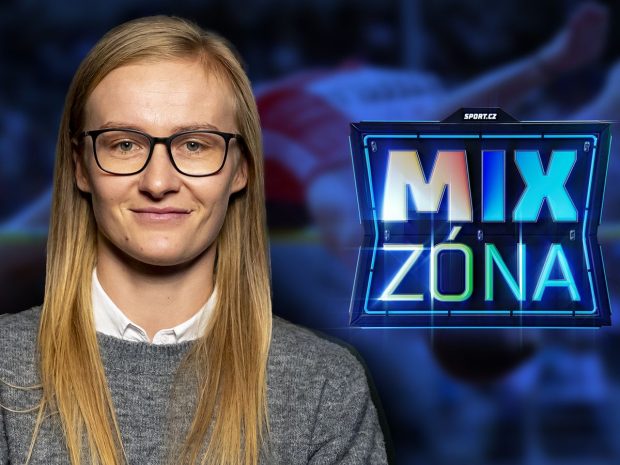


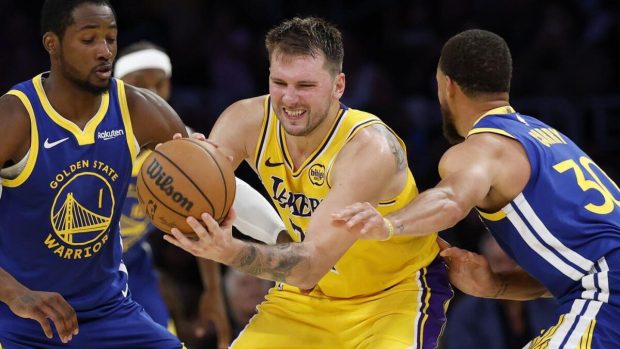
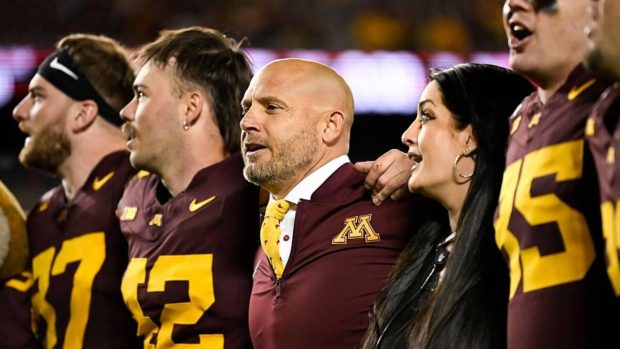
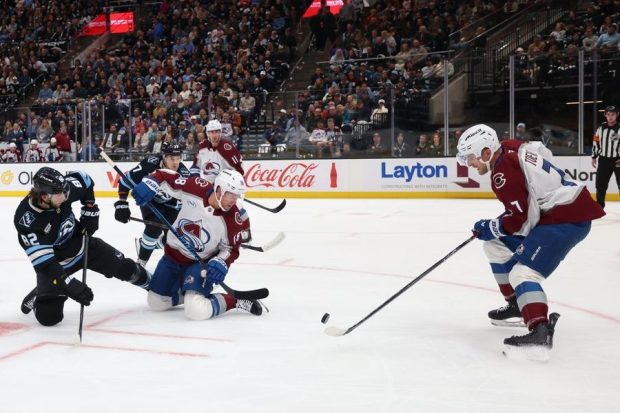
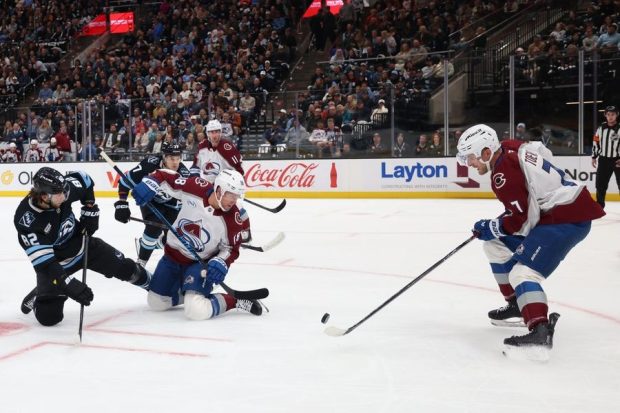
Be the first to leave a comment